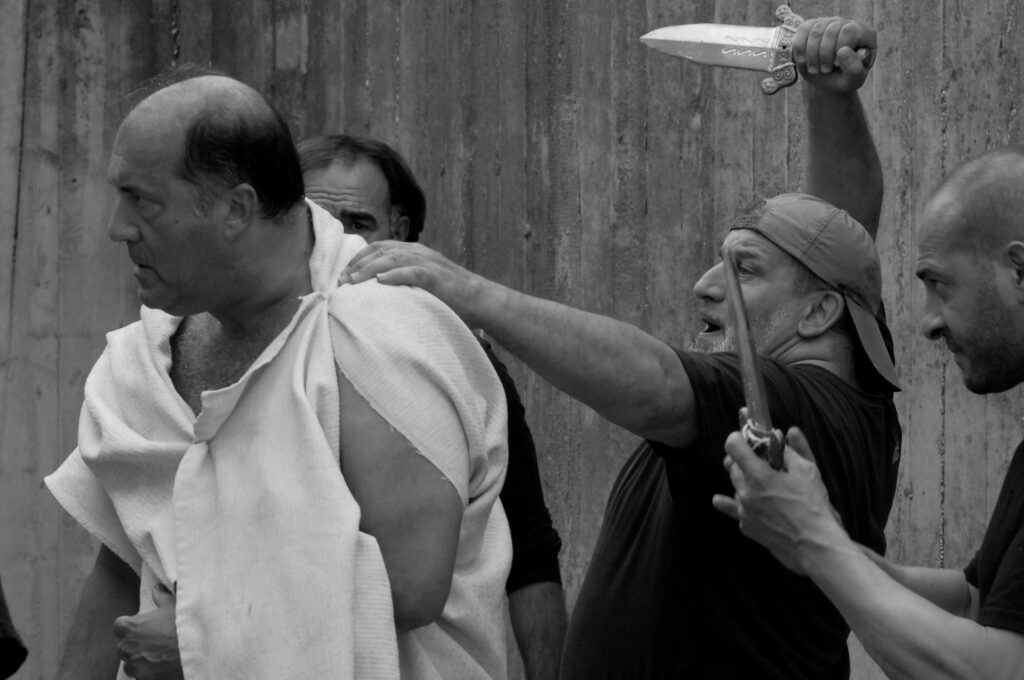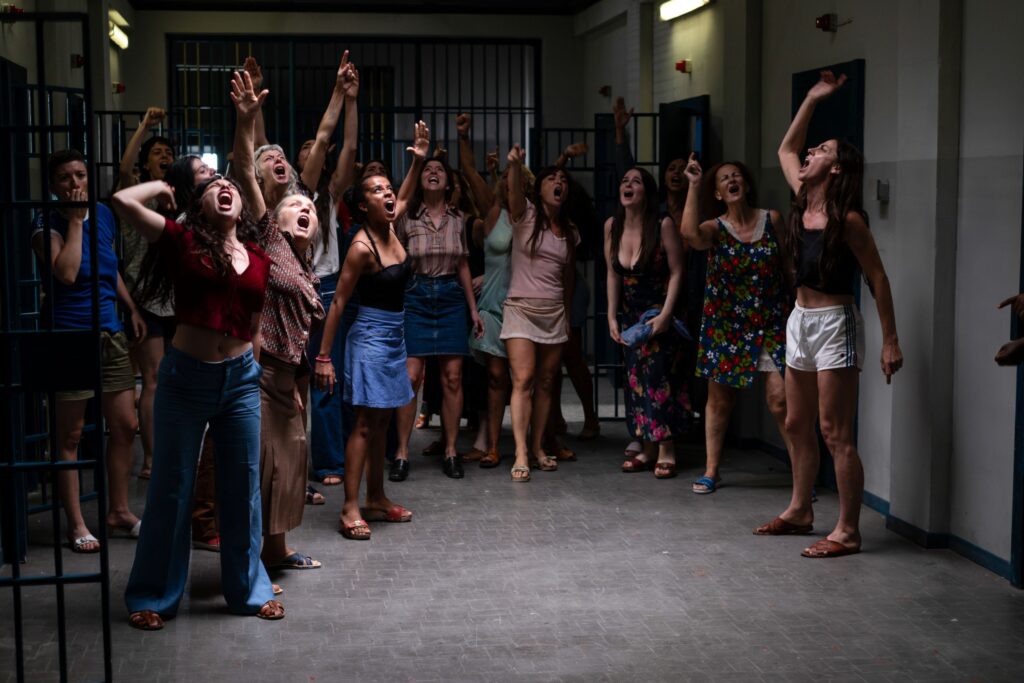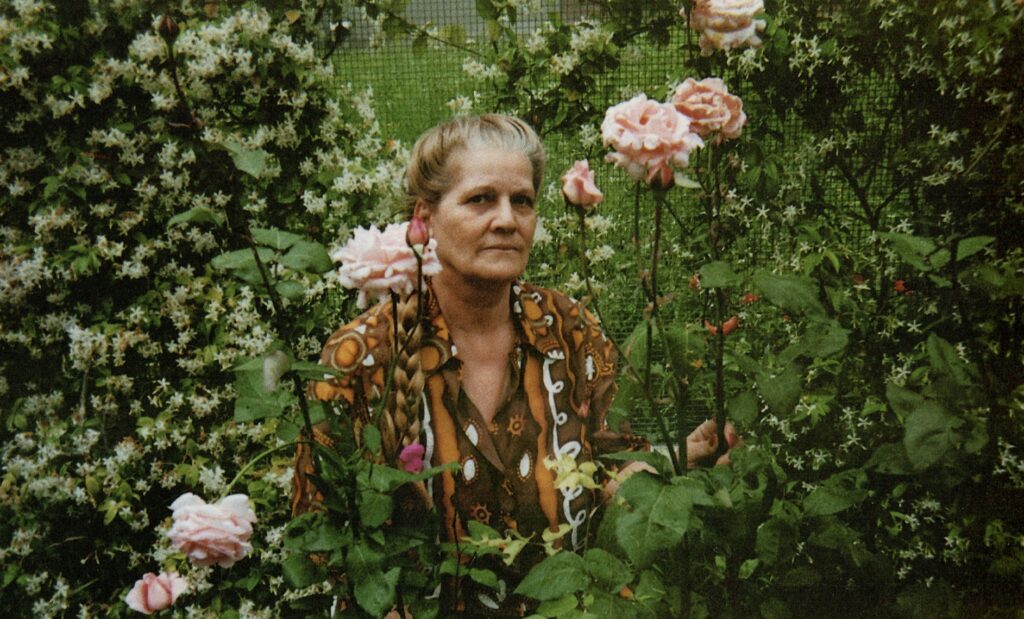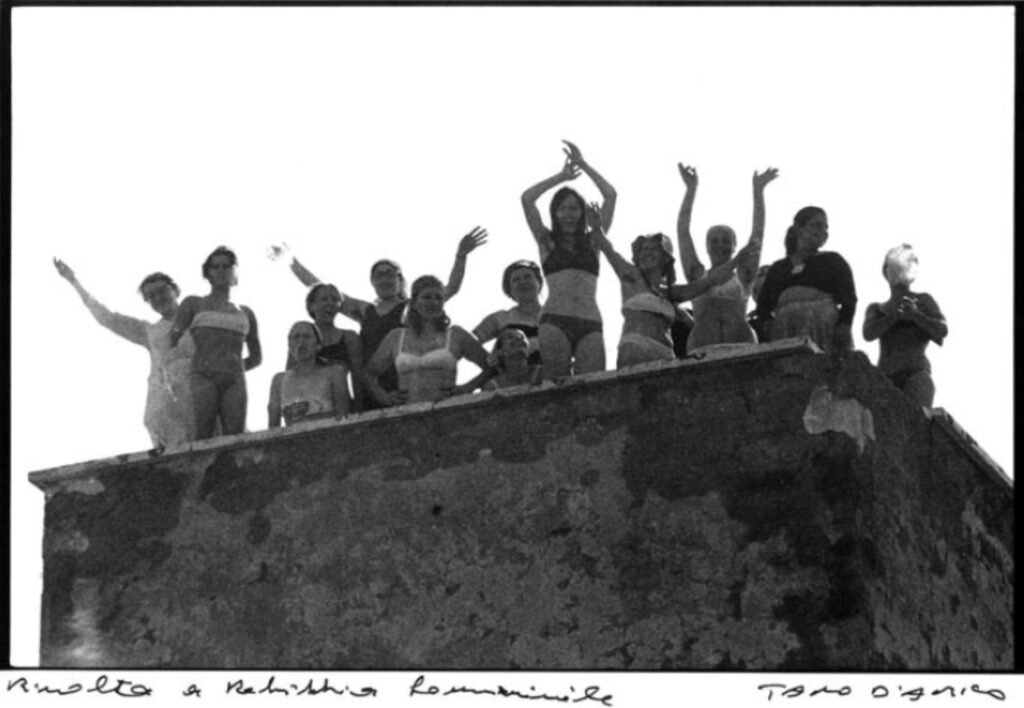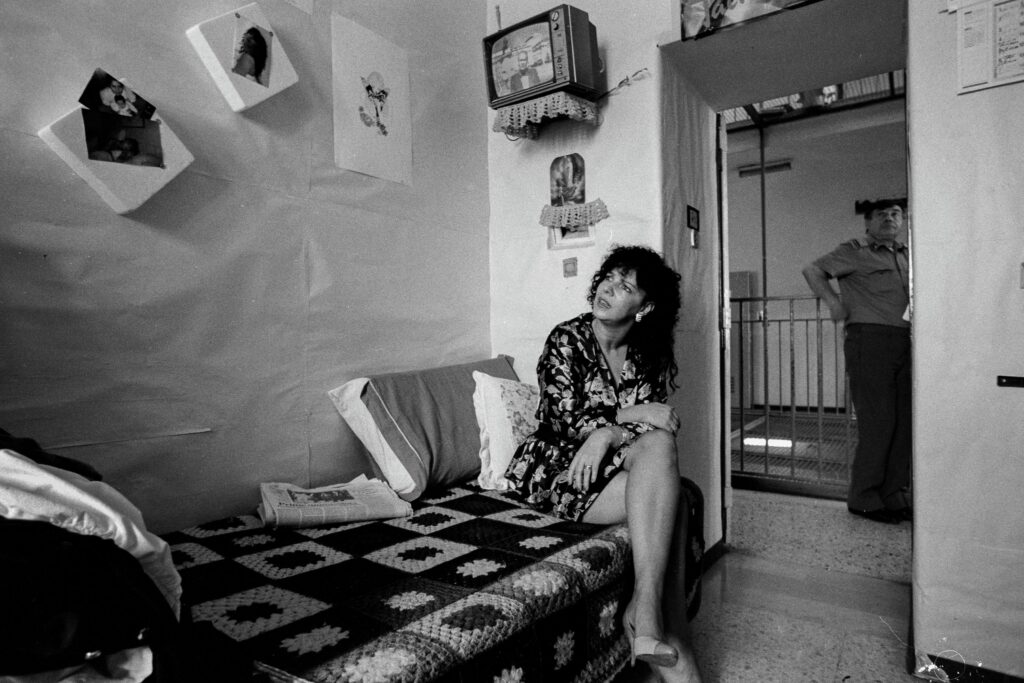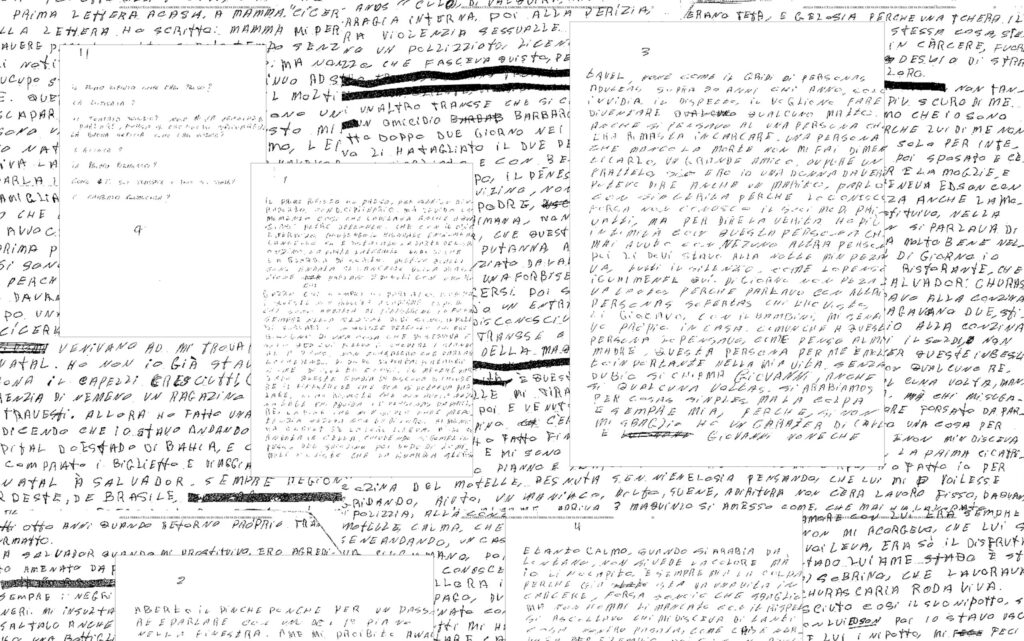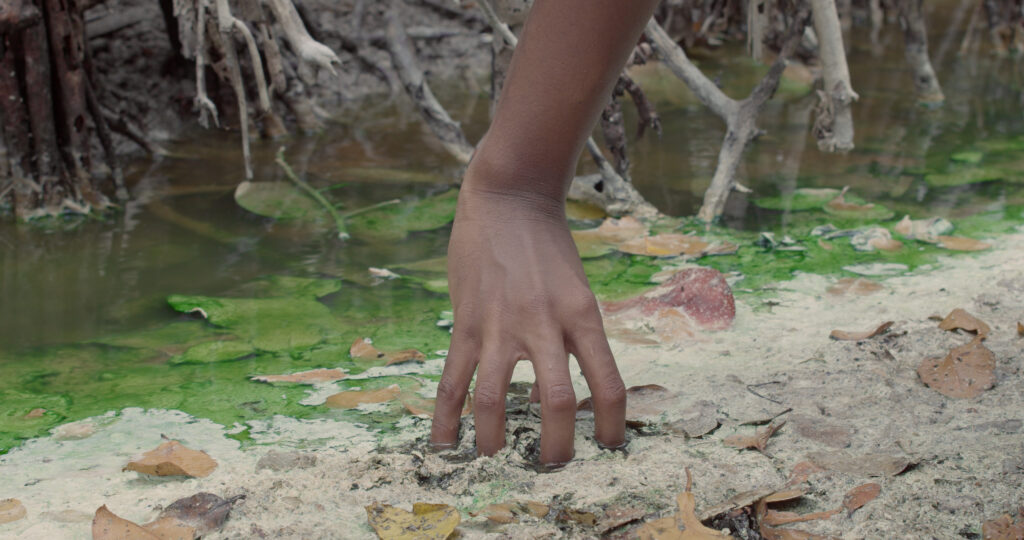Angels on the Dancefloor

This is my church
This is where I heal my hurts
For tonight
God is a DJ
The second summer of love
In the late 1980s, British society teetered on the edge of a nervous breakdown, brought on by a lethal combination of social inequality + soaring unemployment + austerity—courtesy of Margaret Thatcher's government, the Iron Lady, who was fondly remembered by the landlady of our last London apartment, who kept a roll of toilet paper decorated with her effigy. Enough said. To soothe this tense and restless body—though, to be fair, it would spiral out of control anyway (see the 1984 "Battle of Orgreave")—inadvertently providing an assist to the British government, which, of course, will fail to grasp it, is a legendary concoction, made up of two key ingredients…

Acid house + MDMA
For the first ingredient, we have to thank—as always—the African American community, in the form of Earl “Spanky” Smith Jr., Nathaniel Pierre Jones (aka DJ Pierre), and Herbert “Herb J” Jackson. Under the collective name Phuture, the three of them got their hands on a musical instrument that had flopped spectacularly upon release: the Roland TB-303. This sleek silver box was originally designed to generate digital basslines as a backing tool for guitarists. However, Phuture, having acquired one without a clue how to use it, stumbled into a classic case of a happy accident. Instead of producing smooth bass tones, the 303’s sound was warped into a robotic meow—an alien, brain-melting squelch that would go on to redefine club music. The trio channelled this into “Acid Tracks,” and after having their creation blessed by Ron Hardy, the legendary resident DJ of Chicago’s Muzic Box, they released it on the equally iconic Trax Records. From that moment, a tidal wave of house tracks featuring the hypnotic, mind-bending 303 sound was unleashed, birthing the acid house subgenre. This sonic virus would soon infect the other side of the Atlantic, fueling the rise of Madchester (Happy Mondays, Stone Roses, The Charlatans) and igniting a wildfire of illegal raves across the UK. But none of this would have been possible without the second ingredient in our mix.
Synthesised in 1912 by the scientist Anton Köllisch in Darmstadt—a German town at the heart of a very different kind of music scene, that of contemporary classical music—MDMA fell into obscurity before being rediscovered for its psychotherapeutic potential by the psychedelic guru Alexander Shulgin in the 1970s. However, it was in the following decade that the substance found its true calling: as the raver drug of choice, thanks to a fateful detour through the most dancefloor-obsessed island in the Western world, Ibiza. It was in the Balearics that MDMA allegedly made its debut as a recreational substance, reportedly introduced through the sannyasin followers of Osho. Yes, that Osho—the one from Wild Wild Country. While this particular origin story remains unconfirmed, there’s no denying the widespread presence of Asian spiritual and religious iconography in the visual culture of the era. But this was far from the only influence shaping the scene, as we shall soon discover.
Angels of love
Images of Buddha, alien spaceships, robots, surreal(ist) landscapes, stars and planets, angels and cherubs—this postmodern melting pot fuels the flyers circulating among English and American raver communities from the late 1980s through the 1990s. In advertising nights filled with repetitive beats—as they would be legally defined by the UK’s 1994 Criminal Justice and Public Order Act, aimed at shutting down the movement—and altered states of consciousness, the anonymous graphic designers of the era employed the same sampling techniques so beloved by the electronic musicians of the scene. They freely borrowed from visual worlds capable of evoking the utopian ideal of one nation under a groove (and, let’s be honest, a drug). Among these references, angelic imagery—especially cherubs—stands out, which isn’t surprising given the peace-and-love ethos defining the early dance and rave movement. This vibe was so strong that the era became known as the Second Summer of Love.
Fiorucci made me hardcore
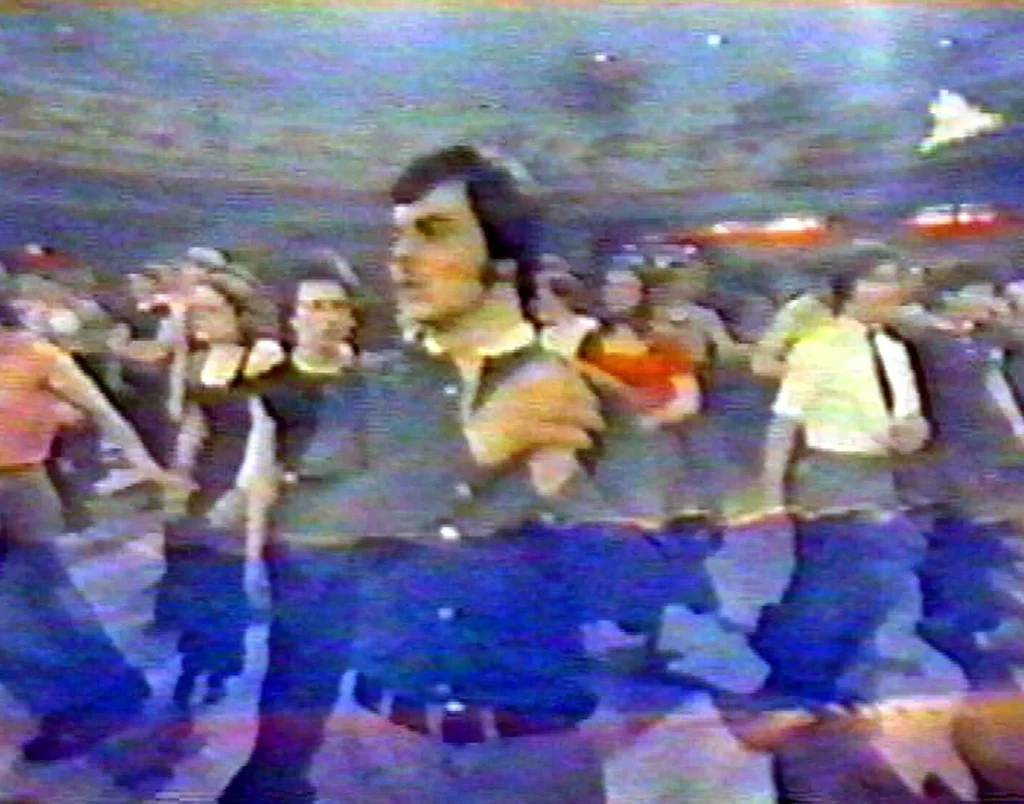
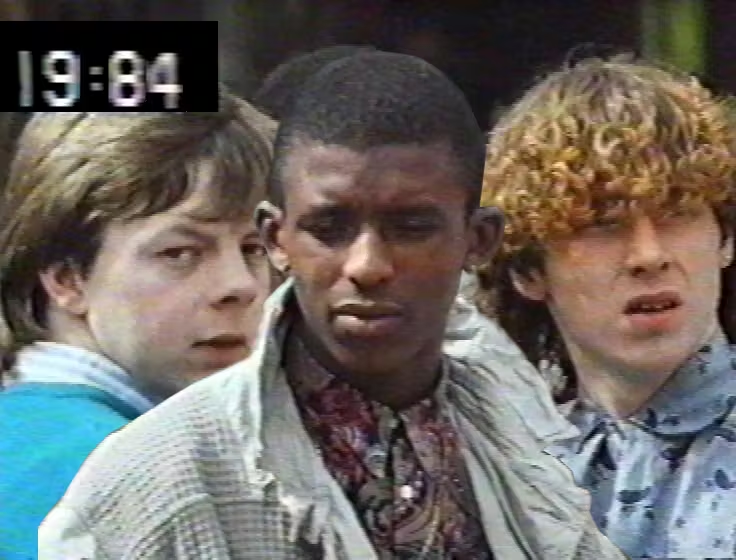
It is precisely here that we find the subtle red thread visually connecting a historic Italian brand like Fiorucci to the dance scene that made its way from the United States to Europe. In 1981, architect Italo Lupi, reportedly inspired by a Victorian-era postcard, introduced the logo featuring two cherubs—an image destined to become a true fashion icon, still (r)esisting in the collective imagination today. With this, Fiorucci established a visual bridge between its legacy—inseparably tied to the American disco scene (“daytime Studio 54” was how its NYC flagship store was once described)—and the rising wave of English acid house.

By anticipating the rave movement’s angelic iconography and holding an almost sacred status in global club culture (“Fiorucci Made Me Hardcore” had been scrawled near Studio 54 by an anonymous hand, immortalised in a photo by Andy Warhol), Fiorucci ascended into the pantheon of deities worshipped and dreamed of by a new generation. A generation ready to escape Thatcherism’s grip to the electrifying sound of the Roland TB-303 and the warm embrace of MDMA.
Summer is over, but the beat goes on.




